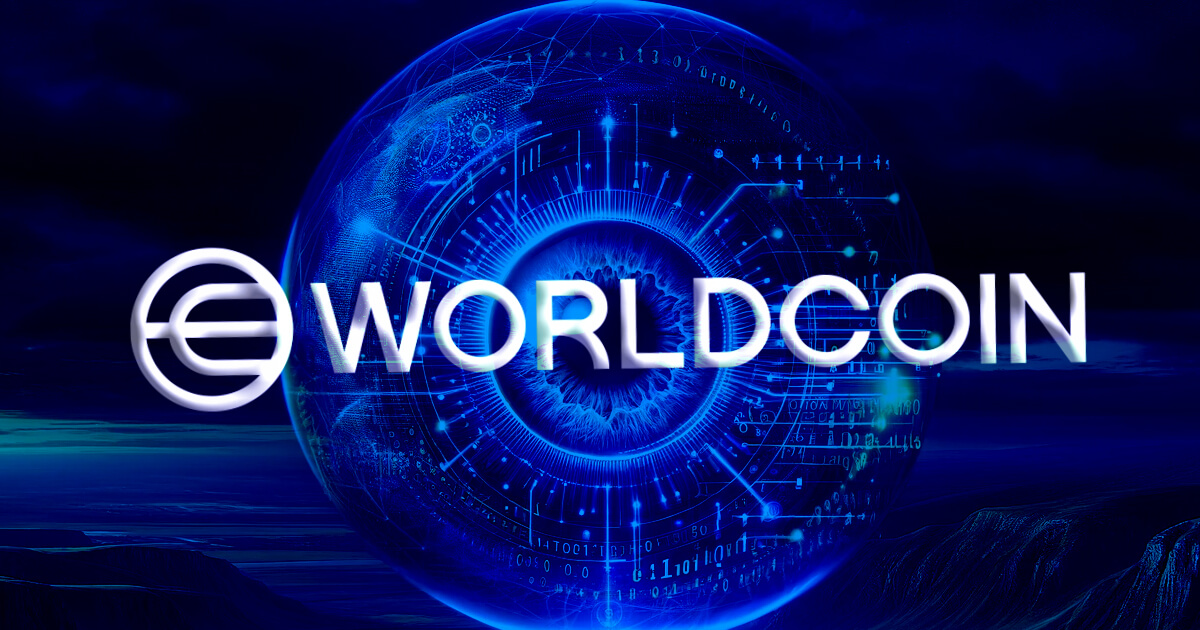The Evolution of Ethereum Scaling: Exploring Ethereum Rollups
Ethereum, the second-largest blockchain network globally, has been facing ongoing scalability challenges due to its increasing popularity and network congestion. To address these issues, developers have been exploring various scaling solutions, with the concept of Layer 2 chains being in the works since 2014. With the release of more decentralized applications (dApps) and the surge in user activity, transaction costs on Ethereum have surged while processing times have slowed down significantly.
Understanding Ethereum Rollups
Ethereum rollups stand out as a Layer 2 scaling solution designed to process multiple transactions off the main Ethereum blockchain (Layer 1). These transactions are bundled into a single transaction and then submitted back to the main chain. By moving the majority of transaction processing off-chain, rollups can significantly enhance the throughput of the Ethereum network while reducing gas fees for users.
The primary aim of rollups is to enhance the scalability of Ethereum while maintaining its security and decentralization. By utilizing the main chain for data storage and dispute resolution and executing transactions on a separate layer, rollups can leverage the security of the Ethereum mainnet while alleviating the burden on the main network.
There are two main types of Ethereum rollups: Optimistic Rollups and Zero-Knowledge Rollups (ZK-Rollups).
Optimistic Rollups
Optimistic rollups operate under the assumption that all transactions are valid unless proven otherwise. These rollups process transactions off-chain and submit the transaction data along with cryptographic proof to the main Ethereum chain. During a dispute period, anyone suspecting a fraudulent transaction can challenge it. If a transaction is deemed invalid, a fraud-proof is executed, and the invalid transaction is reverted.
Advantages of Optimistic Rollups:
- Lower computational costs compared to ZK-Rollups
- Simple implementation and integration with existing Ethereum infrastructure
- Compatibility with the Ethereum Virtual Machine (EVM) for seamless migration of dApps
Disadvantages of Optimistic Rollups:
- Extended withdrawal times due to the dispute period (up to 1-2 weeks)
- Potential vulnerability to fraudulent challenges
- Dependence on the availability of honest validators to challenge invalid transactions
Notable examples of Optimistic Rollup projects include Optimism and Arbitrum.
Zero-Knowledge Rollups (ZK-Rollups)
ZK-Rollups employ zero-knowledge proofs, a cryptographic technique enabling one party to prove the validity of a statement to another without disclosing additional information. In the context of Ethereum rollups, ZK-Rollups process transactions off-chain and generate a cryptographic proof, known as a SNARK (Succinct Non-Interactive Argument of Knowledge), which is submitted to the main Ethereum chain.
Advantages of ZK-Rollups:
- Swift transaction finality with immediately verifiable validity proofs
- Higher throughput compared to Optimistic Rollups
- Enhanced privacy as transaction details are not disclosed on the main chain
- No need for a dispute period, reducing withdrawal times
Disadvantages of ZK-Rollups:
- Higher computational costs for generating validity proofs
- Complex implementation and integration with existing infrastructure
- Increased workload for EVM compatibility, often necessitating smart contract rewrites
Well-known ZK-Rollup projects comprise Loopring, Starkware, and zkSync.
In conclusion, Ethereum rollups present an encouraging approach to scaling the Ethereum network while upholding its security and decentralization. As more projects embrace rollup solutions, users can anticipate reduced transaction costs, quicker processing times, and an enhanced experience on the Ethereum network.
Image/Photo credit: source url





